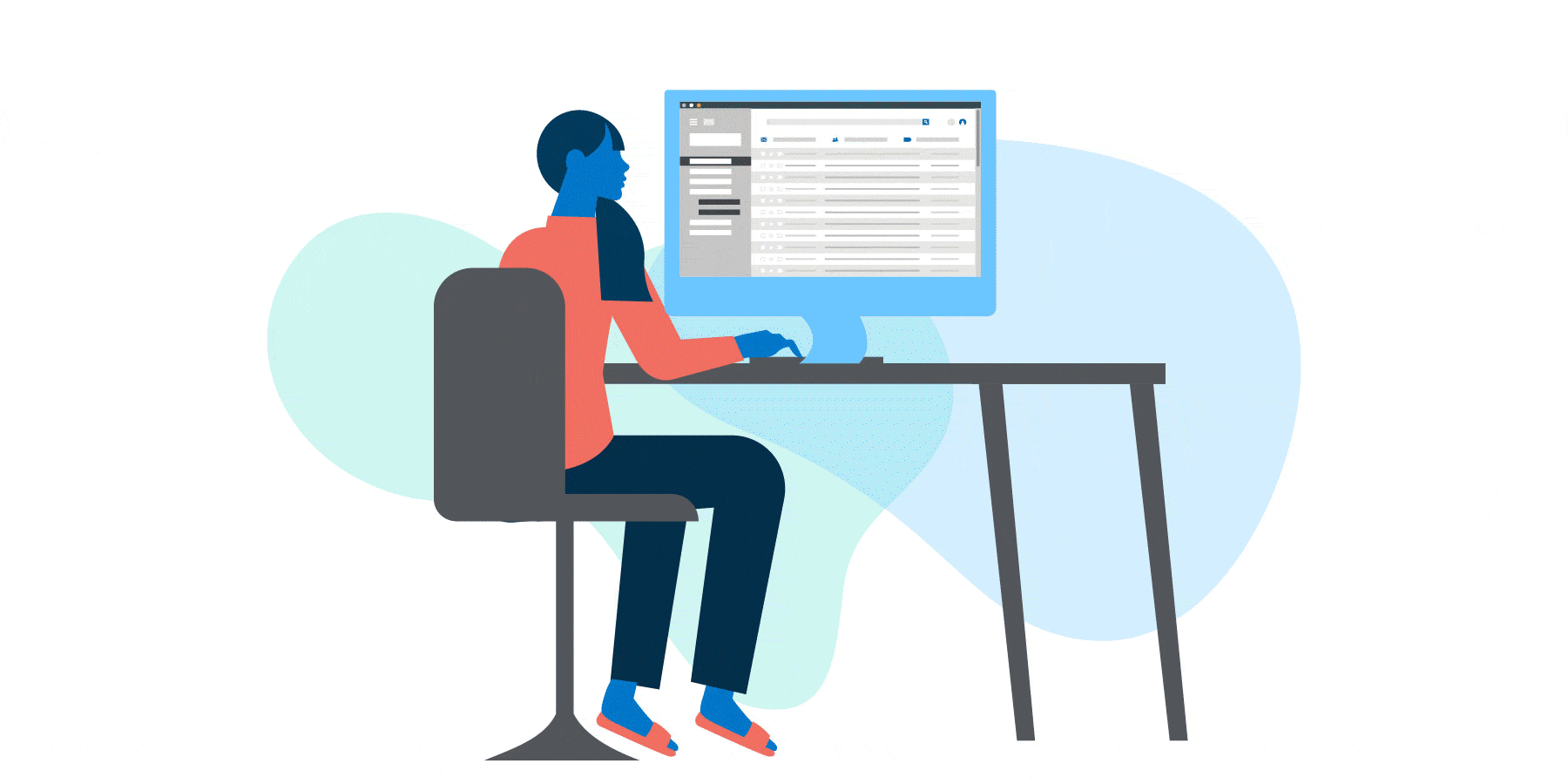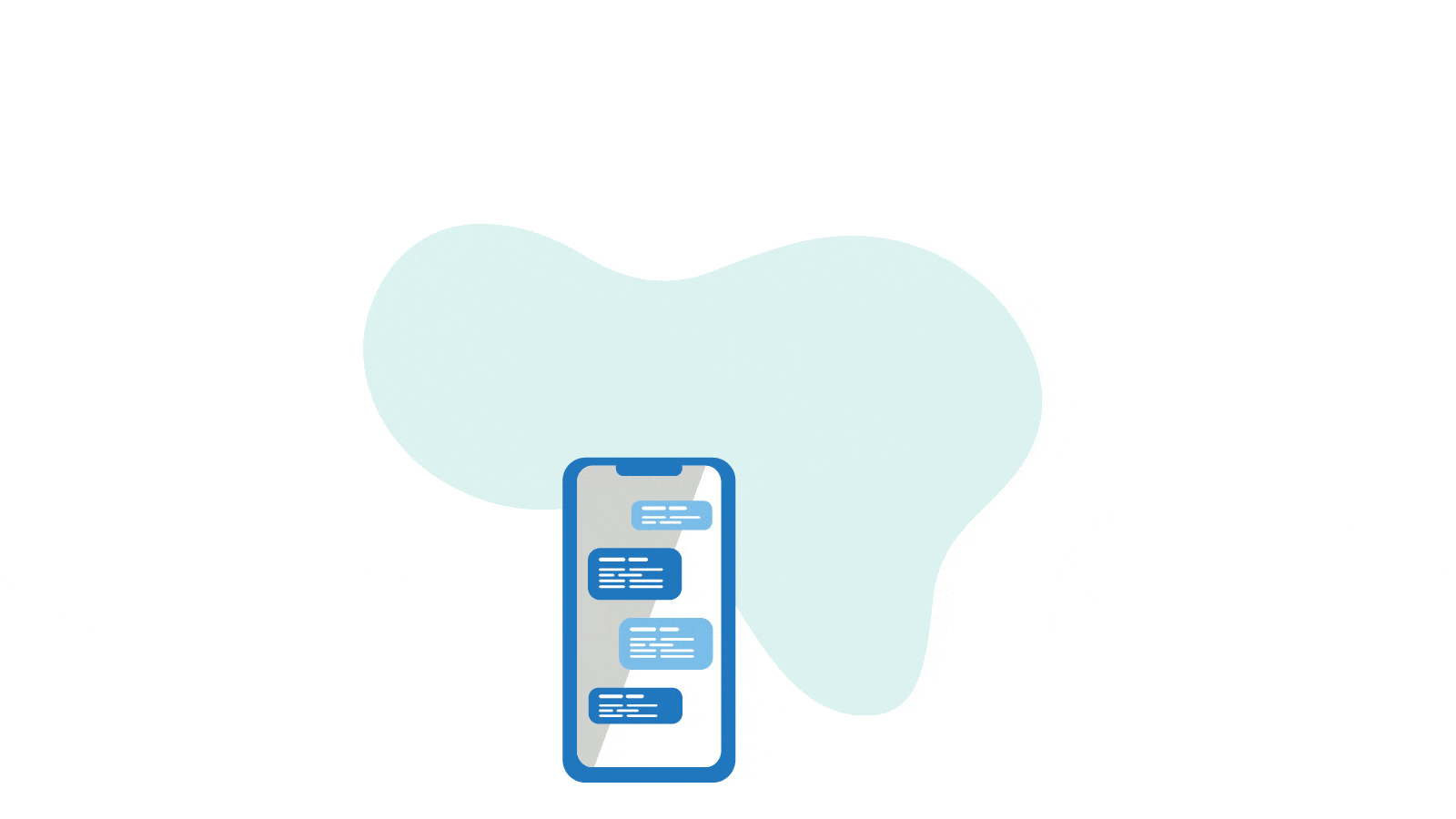Keep Them Happy to Hear from You
How to Manage Post-Holiday Email Fatigue in Early 2021


Written By Jared Johnson Senior Content Writer
As we emerge from a unique and prolific 2020 winter holiday season, the new year’s first quarter of email marketing now faces its greatest challenge: keeping everyone’s attention—when the last thing that exhausted subscribers want to see is another email.
But the show must go on, and with the proper strategy and execution you can ensure that your subscribers only see what matters most to them and can avoid the dreaded curse of “email fatigue.”
So, What Is Email Fatigue?
Simply put, email fatigue is a term used to describe a state when a subscriber feels overwhelmed with incoming emails. It happens to everyone and is a lot more common than you might think. Almost 75% of Americans surveyed are, at some point, overloaded by the number of emails they receive. This can be a leading cause for unsubscribes, low engagement rates, or even a high number of spam complaints.
In the final quarter of 2020, consumers’ inboxes were overflowing. On Black Friday alone, an estimated 117 million emails were delivered. This was followed by a whopping 106 million emails on Cyber Monday. Retailers continued to flood mail accounts with multiple emails per day throughout the remainder of the year. Online shoppers’ eyes have likely gone bloodshot from the constant flashes of urgency and upsells, deep discounts, and last-chance countdowns.
Even if you took all the preventative measures so as not to tire your subscribers, they may have been bombarded by other brands and still feeling generally exhausted by it all. A global pandemic and an election hangover isn’t helping either. That’s why it’s important to be able to use key insights to move forward sensitively, appropriately, and—most importantly—relevantly.
Certain best practices and an individualized understanding of each subscriber can minimize these bah-humbugs and embittered burnouts. But first, let’s take a closer look at the tell-tale symptoms of email fatigue.
How Do We Recognize Email Fatigue?
There are two major signs that should give marketers a reason to suspect fatigue is setting in.
Firstly, you may recognize lower engagement rates to your emails. This could be a result of subscribers ignoring your emails or, even worse, having you banished to the spam filter.
Additionally, you might notice users unsubscribe or “opt out” of future emails. If you’ve observed your subscriber count lowering, this could be directly tied to your subscribers growing tired of the volume of emails they’re receiving. This could also mean the emails aren’t very interesting to them personally.
Always monitor your subscriber data and stay on the lookout for this potential shift. A recent study showed that 91% of unhappy subscribers will unsubscribe from a mailing list quietly without complaints, leaving no chance for an email marketer to improve. It’s important for businesses to prevent that loss, because the same study reported that it is six to seven times more expensive for companies to attract new customers than to keep existing customers. Plus, upsells, upgrades, and cross-sells are 53% more successful with loyal customers than with new ones.

Top 2 Reasons for Email Fatigue
Although there can be a number of covarying factors at play when considering the success or failure of an email campaign, we can break down the source and/or cause of email fatigue into two main categories:
1. Wrong Email Volume
Everyone is different. Some of your subscribers want to hear from you as often as possible, while others prefer to keep it casual. Being sensitive to this fact is crucial for prolonged engagement between you and your subscribers. According to SendGrid's recent Global Engagement Report, email related to eCommerce is the highest in terms of volume, but the lowest in terms of engagement. It will require more effort and attention to manage those subscriptions and increase that engagement.
2. Irrelevant Content
This part is exceptionally significant. A study by MarketingSherpa found that only 15% of email users thought the messages they receive from marketers were useful. Sad! The most comprehensive way to stay relevant for each of your subscribers is through 1:1 marketing, like our brand of Smart Content™ here at ERGO. We’ll elaborate more on that below.

How Do We Prevent Email Fatigue?
Don’t Just “Know Your Audience”—Know Each and Every Person
You have to know who you’re talking to. The more you understand your audience, the more you’ll minimize email fatigue and build lasting loyalty. This sounds like a no-brainer, but no one ever seems to get it right. “Our subscribers are 60% male and 40% female” is not knowing your audience. Those kinds of broad statistics are nowhere nearly significant enough to ensure that your content is relevant to a subscriber’s interests or state of mind. Below are three steps to better understand the person on the other side of that email:
1. Go Beyond Segmentation with Full Personalization
Granular list segmentation has become a popular solution used by advanced email marketers. With segmentation, your subscriber list is divided into specific groups, and each group receives unique emails specific to them. The more you divide those groups, the more refined, focused, and relevant your emails can be. It’s an improved method of email marketing, but it by no means is perfect.
At ERGO, alternatively, we value content relevance all the way down to the individual. The broad brush strokes of marketing’s past are no longer effective and are easy to ignore in the digital age of customization. With Smart Content™, ERGO considers each subscriber’s personal journey, from where they’ve been to where they’re going.
The 1:1 economy is the best preventative remedy for any potential email fatigue, and honestly, staying relevant and “on topic” is simply respectful of people’s time and energy. The relationship between brand and consumer is a two-way street. As consumers exhibit customer loyalty in following a brand, so should the brand take a similar, close interest in the consumer. You owe it to your subscribers to keep the conversation coherent.
2. Break Out of Habits, Even Good Ones
Part of staying relevant to each subscriber’s interests is to stop repeating yourself. Just because one trick worked in the past, it doesn’t mean that it will always work or that your subscribers won’t habituate to the same old stock content. The world changes, people change, the market changes, everything changes. Considering that, no “best practice” remains a best practice. All it takes is a Google algorithm update or a Facebook policy change to tank your preferred methods for engaging your audience.
Knowing your audience, then, is a constant, dynamic, and fluid process.
3. Check the Calendar and Read the Room
The key to sustained engagement is to remain relevant and—more importantly—cognizant of a consumer’s recent journey up to any given point in time. That means timing is everything when it comes to a campaign’s potential for success. Recognizing what’s going on with your audience (COVID-19, travel pauses, elections, holiday burnout) is how you “read the room” and prevent your marketing from appearing tone-deaf, hackneyed, or simply forgettable.
Since the holiday is over and we’ve entered 2021, what do people care about right now? For example, on the heels of New Year’s Day, fitness clothing and accessories are easy sells to help keep health-focused resolutions on track.
4. Reengagement Campaigns
The best solution to email fatigue is preventative rather than corrective. You shouldn’t have to allow your subscribers to reach the point of exhaustion. Smart Content™ serves to keep subscribers engaged in the way that’s best suited for them on a case-by-case basis. But if several blunders have led to subscribers waving goodbye, you can start over with better practices by welcoming them back.
Sometimes reengaging low-quality leads who have lost interest in your brand isn’t worth the potential spam complaints for your domain. Unengaged subscribers drag down your performance metrics and can hurt your deliverability overall, so it’s best to know when to cut your losses and focus resources on the people who show an ongoing level of interest.
This doesn’t mean members of your fatigued list are all lost causes, however. An effective way to rekindle your contact’s love for your brand is to deploy a reengagement campaign.
For starters, you can invite low-engagement groups to “down subscribe.” In this case, they won’t unsubscribe; they’ll just subscribe less. This gives your readers the ability to take a pause from your emails for a specific amount of time without unsubscribing altogether.
Not long ago, email marketers would also prevent subscriber aggravation by implementing a preference center. Preference centers give your contacts a lot more control over their inbox, from opting into less email frequency to self-selecting the topics they want to hear more about. The weakness of this approach is the assumption that someone who doesn’t open or interact with your emails would still be willing to go through the hassle of customizing their subscription. While preference centers are still a common practice for some marketers, more modernized approaches, such as Smart Content™, don’t put the extra work on the subscribers but instead utilize the valuable data on-hand to better shape individual email experiences.
Lastly, you can simply welcome them back. This can be through a simple “miss you” email that introduces a new you, an improved brand that has learned from previous mistakes. You can even throw in an exclusive offer to sweeten the deal and win them back.
A New Year, a Smarter Outlook
In brief, last year saw a huge increase in email engagement as shopping from home was the new (and safer) standard of commerce, but how will this trend sustain in 2021? Rather than making broad predictions, it’s better to know each individual customer and where they are in their journey personally. And if engagement is low, don’t just “turn up the noise” until someone clicks, but rather, make each email count.
